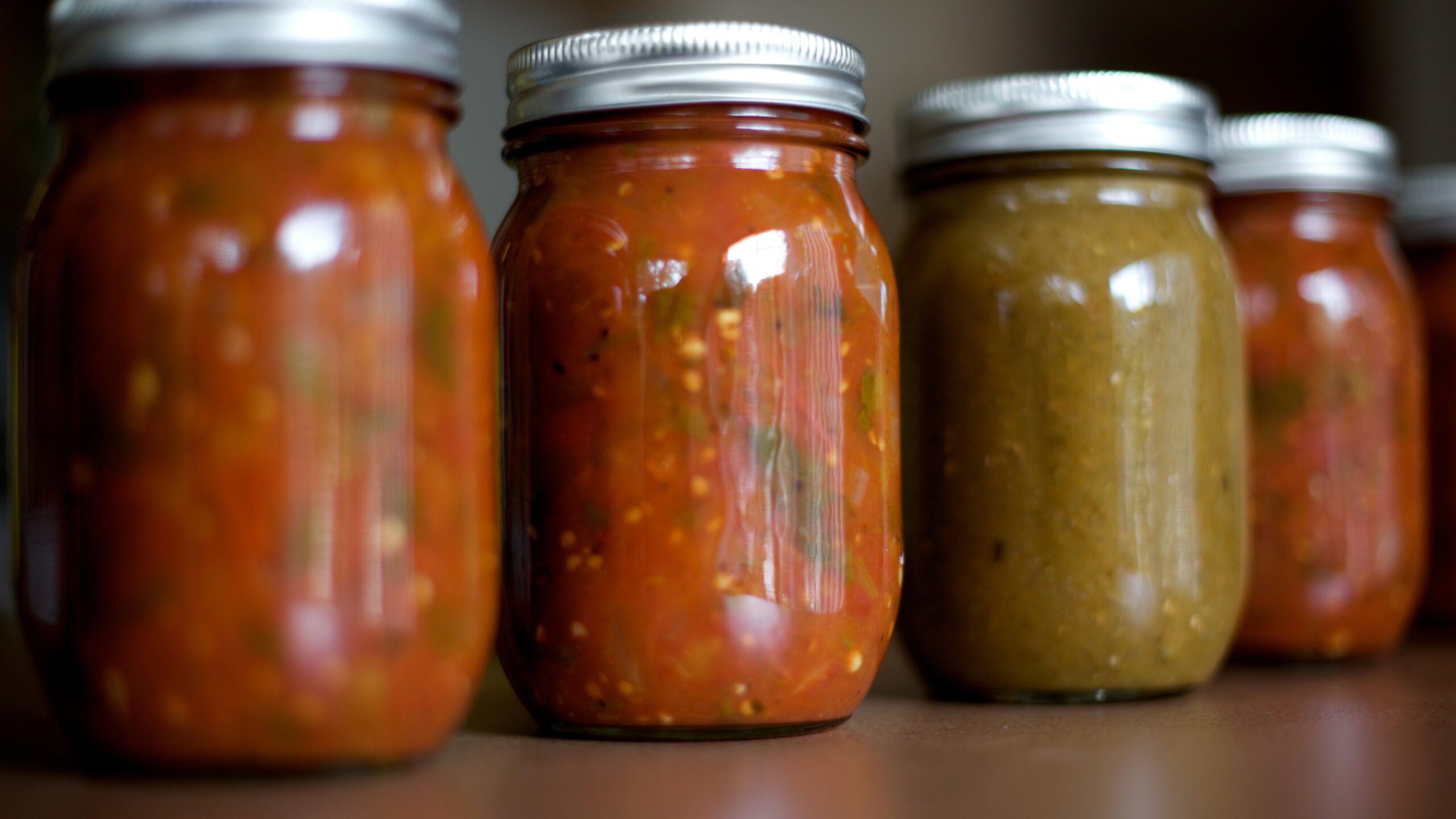
Nothing completes a meal like a nice dose of hot sauce, and there are a ton of delicious options on the market. Personally, I prefer to stock my pantry with one hot sauce from each of my favorite cuisines: Sriracha for Asian food, Crystal for Southern food, and so on. It’s all about variety!
But, sometimes, it’s nice to be able to completely customize the heat level, flavor, and consistency of your hot sauce. That’s where DIY hot sauces come in.
Making your own hot sauce is surprisingly really simple. It’s something that anyone can do, regardless of your level of cooking expertise. But you’d never guess that from how seriously people take their hot sauce. (Have you ever witnessed an argument about the number-one brand of hot sauce? It ain’t pretty. Chairs go flying.) Nonetheless, it is true.
The fact is, it’s hard to screw up a hot sauce recipe. It only requires four basic ingredients: peppers, vinegar, salt, and garlic. Actually, the garlic isn't even absolutely necessary. Make that THREE basic ingredients.
As long as you have those three items in some reasonable proportion, your hot sauce will taste like hot sauce.
Now, it might not taste like the best hot sauce that your local hot sauce guru has ever tasted, at least not on your first or fifth try. Let’s not forget that people spend entire careers crafting the perfect hot sauces, studying different chile peppers and flavor combinations and fire-roasting methods. But, if you keep it simple, it will almost certainly taste pretty yummy. Do you want to be a leading hot sauce aficionado or do you want to just make some dang hot sauce?!
I just wanted to make some dang hot sauce, and so I did. It turned out really well.
For this recipe, you will need the four ingredients listed above (garlic included), as well as a medium-sized pan and a blender or food processor. If you want your hot sauce to be fully liquid, you'll also need a strainer.
Choosing a Chile Pepper

When it comes to DIY hot sauce, choosing a chile pepper is the most important decision. Some peppers are so spicy that they will burn your entire mouth upon contact. Others add more of a subtle kick. Here is a list of common chile peppers along with their official heat level.
Some popular chile peppers for hot sauce, listed roughly in order from mildest to hottest, include:
- Red jalapeños (used in Sriracha)
- Serrano (used in salsa verde)
- Cayenne (used in Frank’s Red Hot Sauce and Louisiana hot sauce)
- Chipotle
- Habanero
- Scotch Bonnet
If you enjoy crying out with pain while you eat your meals, the latter two peppers on that list will serve you well.
Personally, I wanted a mild-to-medium spice level. I used serrano peppers, and my hot sauce was exactly what I was looking for — definitely spicy, yet mild enough to use plenty of it without needing a box of tissues.

You can also mix and match peppers to adjust the spice level to where you like it. For instance, you can start with serrano or jalapeño peppers, make a basic hot sauce, and then add a spicier pepper like habanero to taste. Everyone's spice tolerance is different!
Another factor to consider is color. My serrano peppers resulted in a beautiful green hot sauce, the exact color of salsa verde. Red jalapeños will result in a vivid, bright-red sauce.
DIY Hot Sauce Ingredients

You need a substantial amount of your peppers of choice. I used 20 serrano peppers. (I also grabbed a few habanero peppers, in case I needed more spice, but I did not end up using them.)
Then gather the rest of your ingredients!
You need 1 ½ cups of vinegar. I used white vinegar, but you can also use apple cider vinegar or rice vinegar, if you prefer the taste.
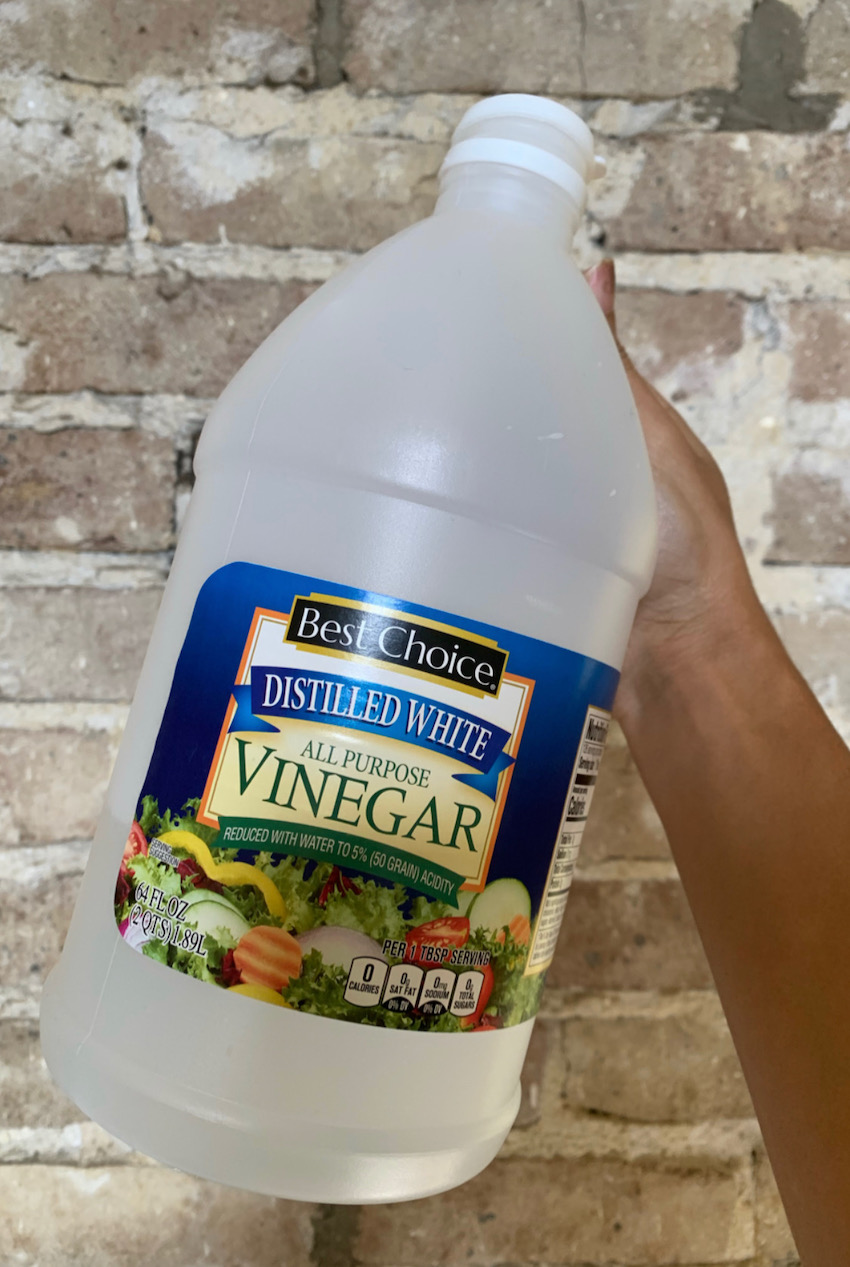
You also need about ½ teaspoon of sea salt.
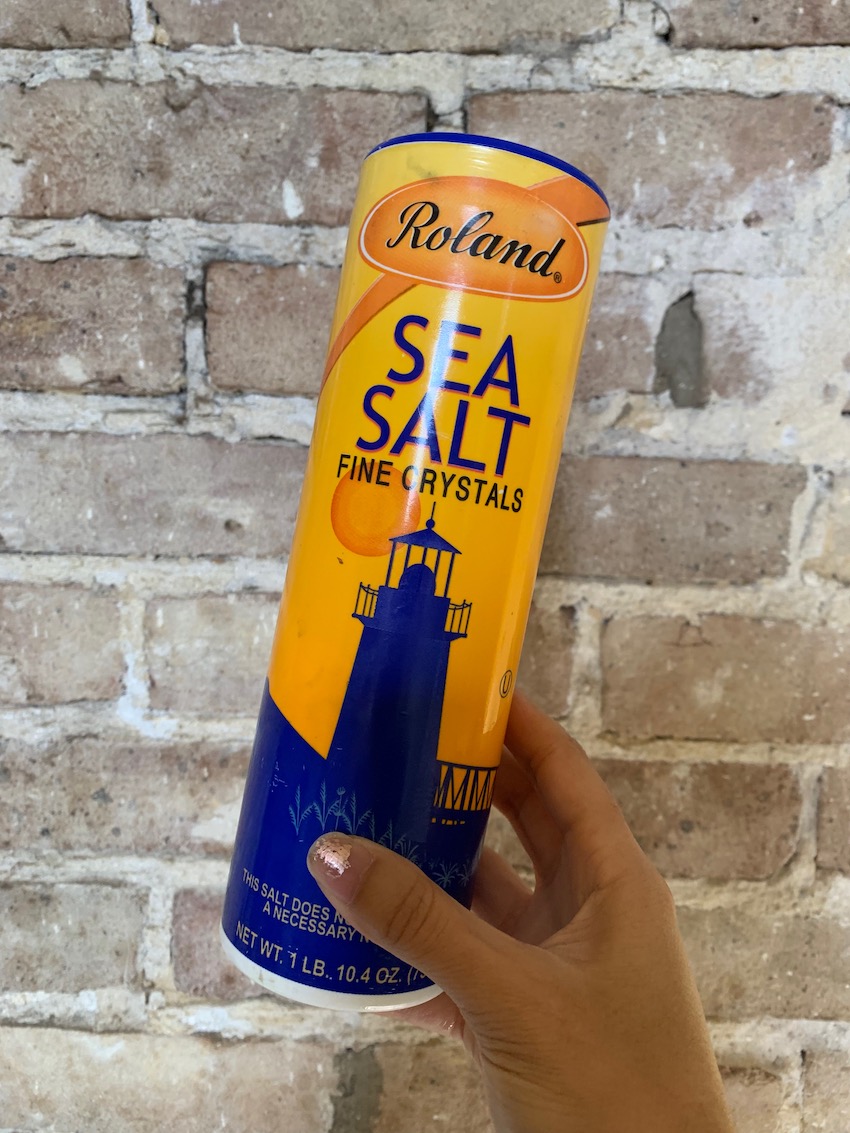
And 3 teaspoons of garlic, or 2 to 3 cloves.
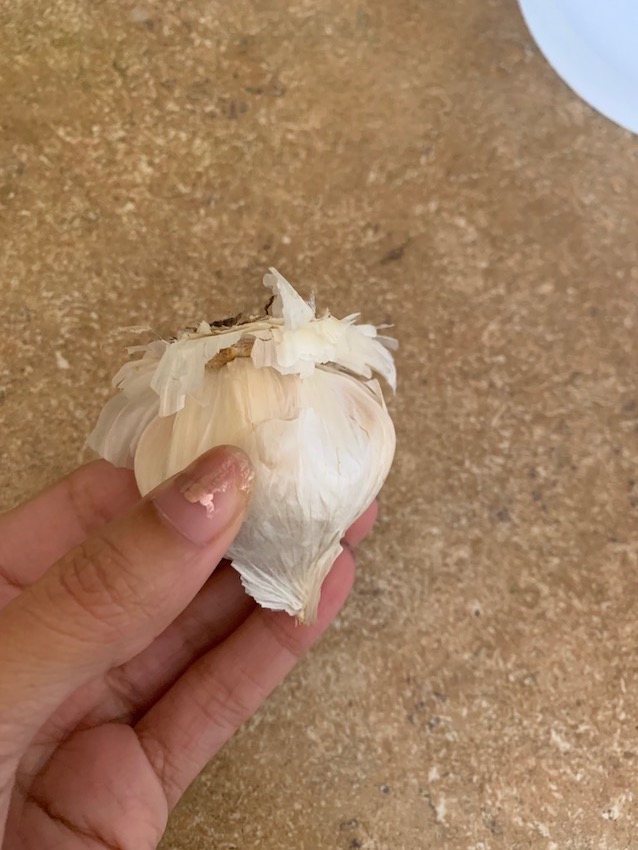
Other optional ingredients include carrots, onions, lime juice, cilantro, and tomatoes. The sky is truly the limit here. Making hot sauce is an art, OK?
DIY Hot Sauce Recipe
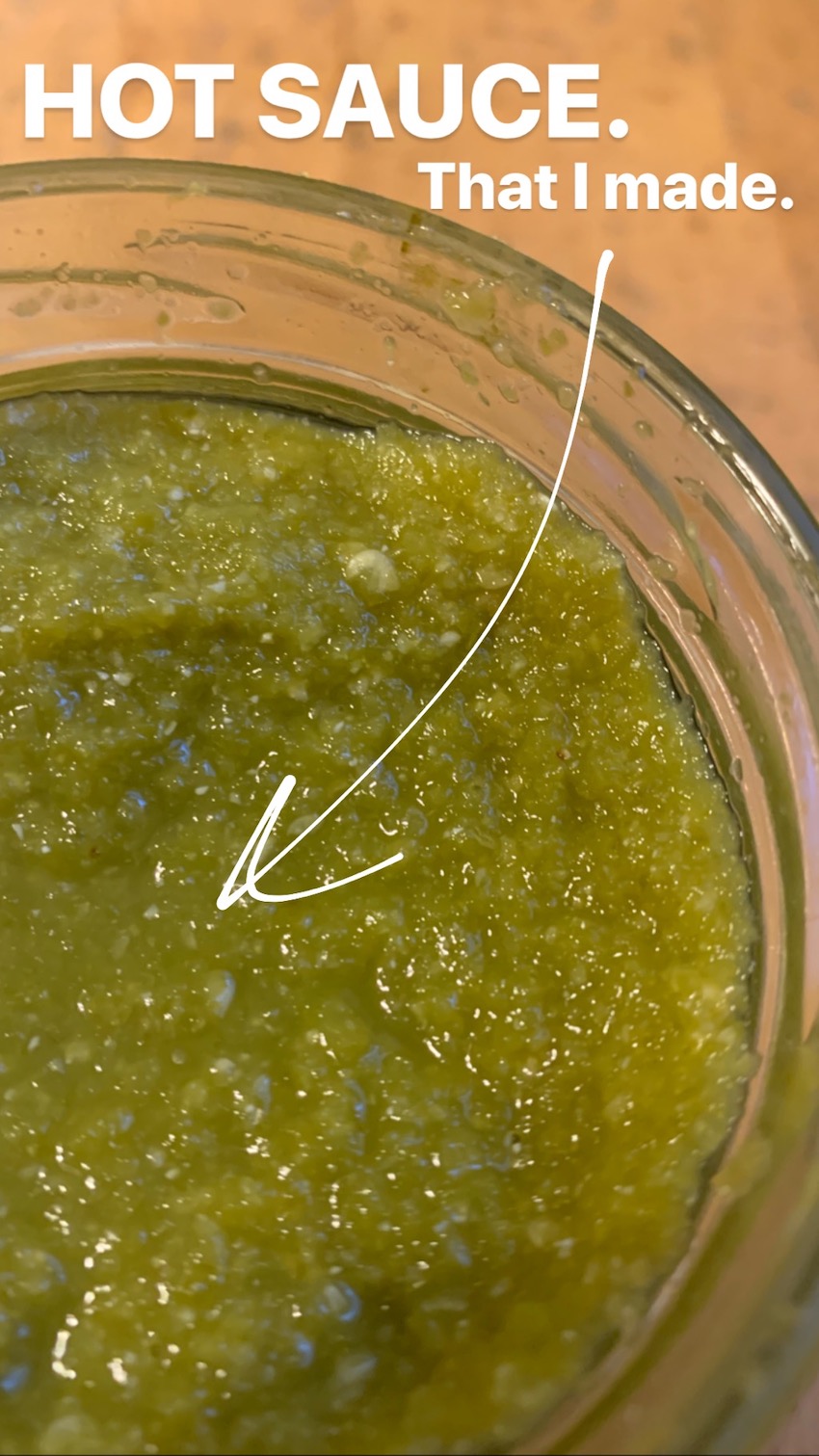
Time to make some magic! There are a few different techniques for making hot sauce. Some involve the stove; some do not. Some involve fermenting, roasting, broiling, or none of the above.
To keep things simple, I used a recipe that only takes 15 minutes, including stove time. No overnight soaking or week-long fermenting process here! All you need is a pan, a blender or food processor, and possibly a strainer.
Step one is to prepare your peppers. Wash them thoroughly with warm water.
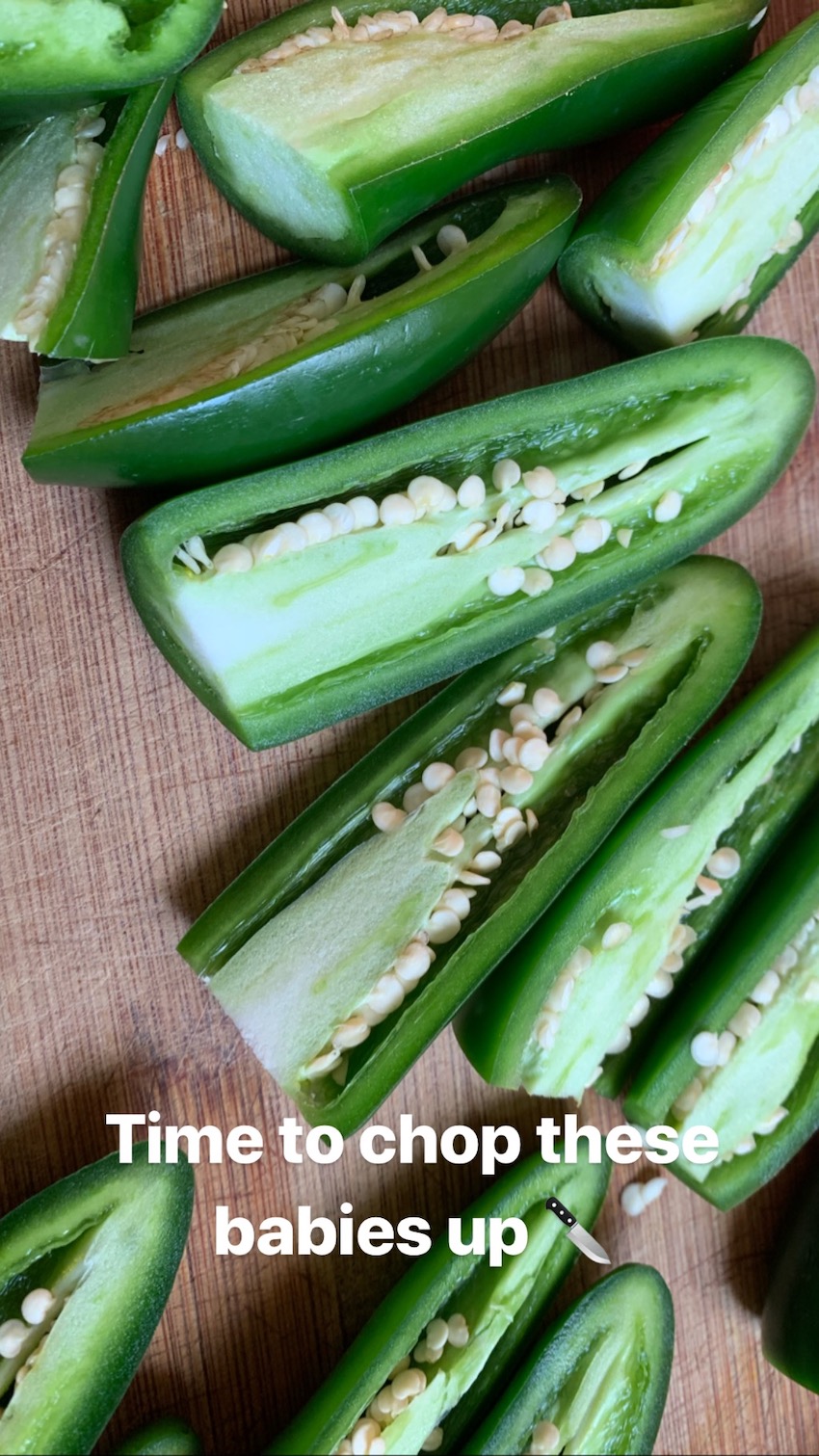
Then slice the tops off, and cut the rest in half length-wise.
Word to the wise: If you are handling very hot peppers, USE GLOVES. It’s harder to wash all that spice off than you think, and if you accidentally touch your eye, IT WILL HURT.

Next, add the 1 ½ cups of vinegar to a medium-sized pan and turn the heat to medium-high.
Add the peppers, salt, and garlic. Bring the vinegar to a boil.

Then reduce the heat to a simmer. Continue stirring the ingredients in the pan as necessary until the peppers are nice and soft. I noticed that mine turned a darker green when cooked, so I just left them in the pan until they were all the same color.
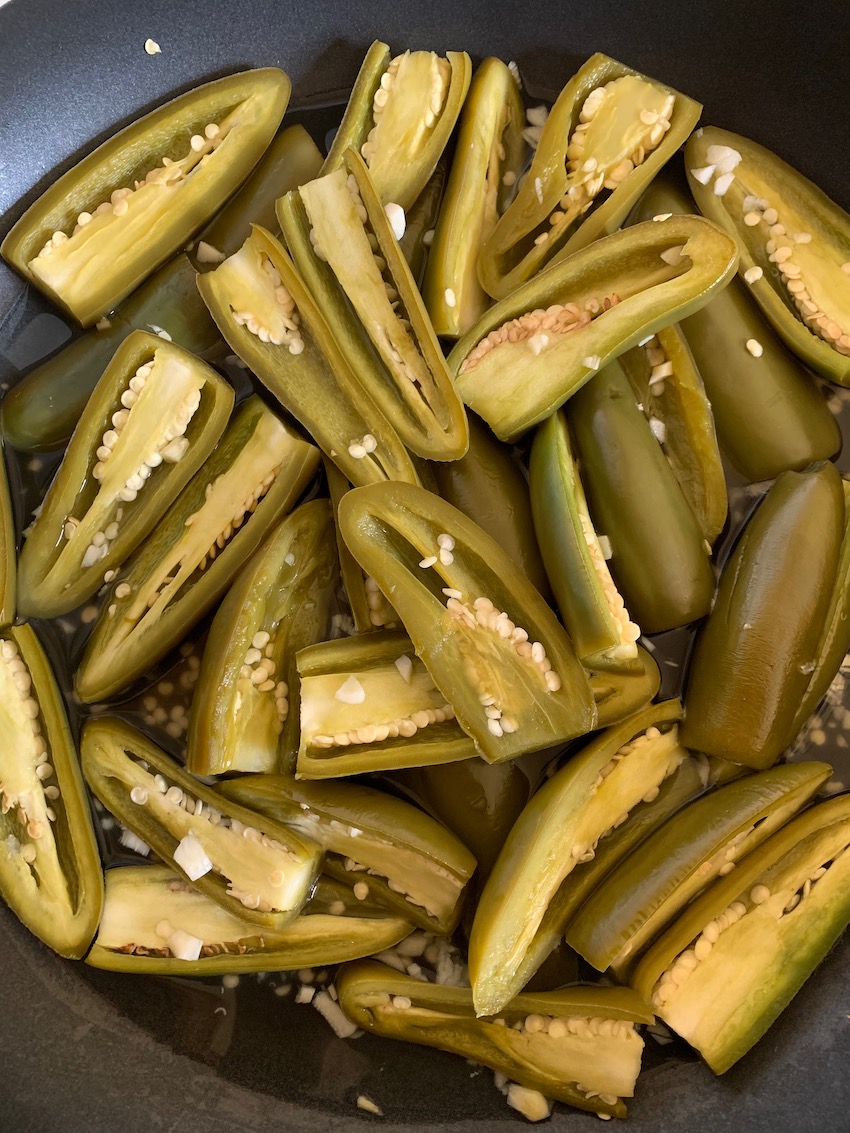
When the peppers are ready, turn the heat off.
I left the ingredients to cool and hang out in the pan for a bit. Then I transferred everything — peppers with seeds, vinegar, everything — from the pan to a food processor.

I blended until everything was combined and smooth.

And voilà — it was hot sauce!

After a taste test, I was happy with both the spice level and the consistency of my hot sauce. It was delicious and I’m really proud.
My recipe yielded about 2 cups of hot sauce, which I stored in a recycled jar from my collection of a million recycled jars.
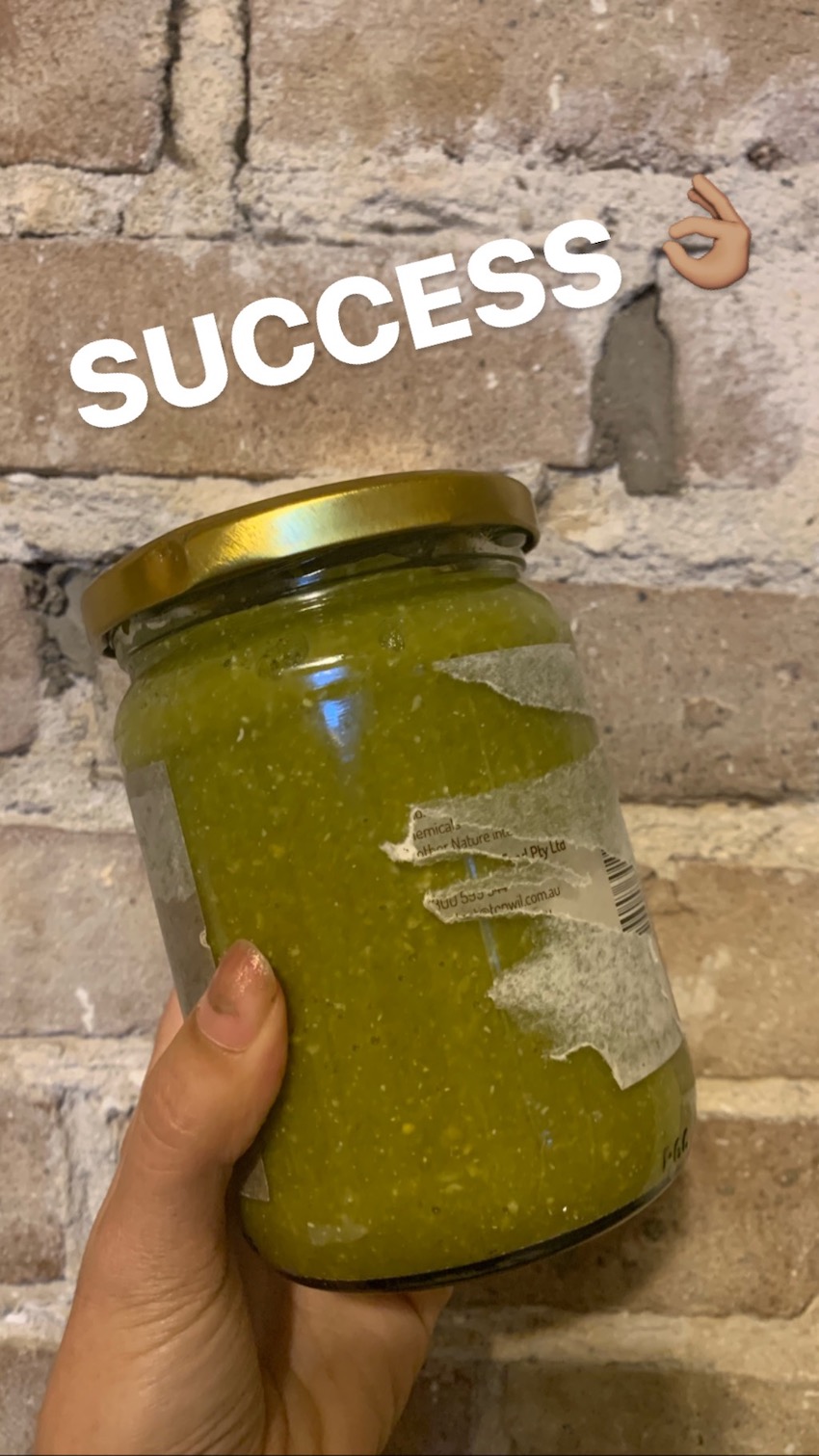
If your hot sauce is not spicy enough for you, chop up one habanero pepper and add it — uncooked — to the blender. Blend, then taste the sauce again. Still not spicy enough? Add another! Habanero peppers are great for this purpose, though you can also use the same technique with other super spicy peppers.
If you’d like a more liquid consistency, strain the blended hot sauce through a fine mesh strainer. That will leave you with less sauce overall, but it’ll be pure, concentrated liquid, and it’ll fit nicely into a cute little hot sauce bottle. Your call.
Either way, the resulting hot sauce should be kept in the refrigerator, where it will last for several weeks — if you don't eat it all first.




